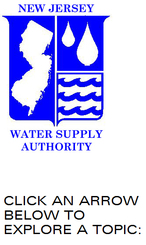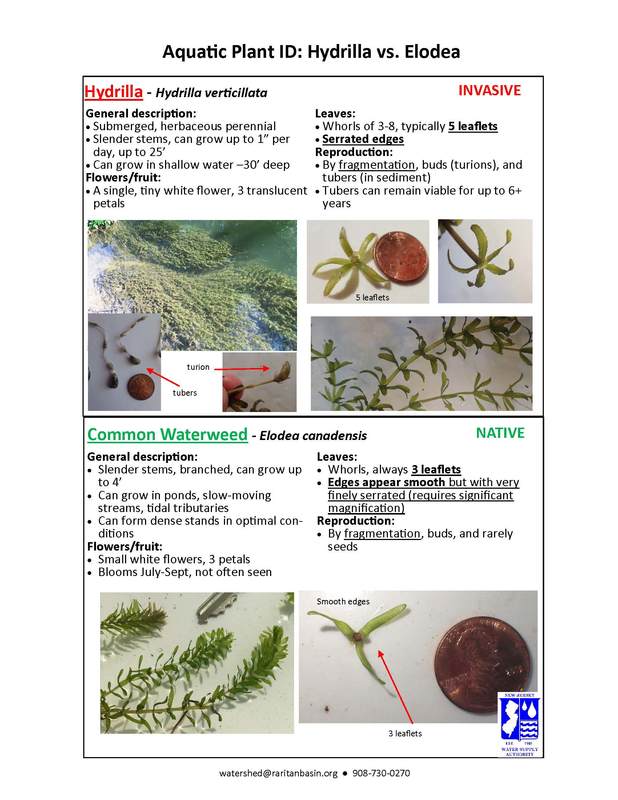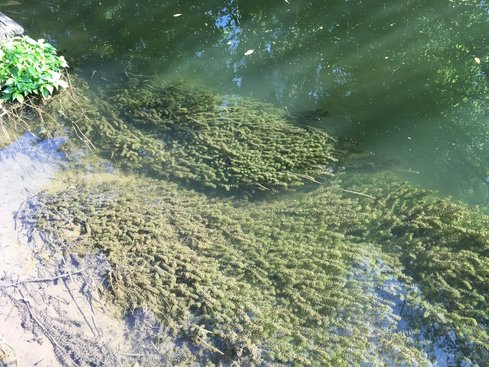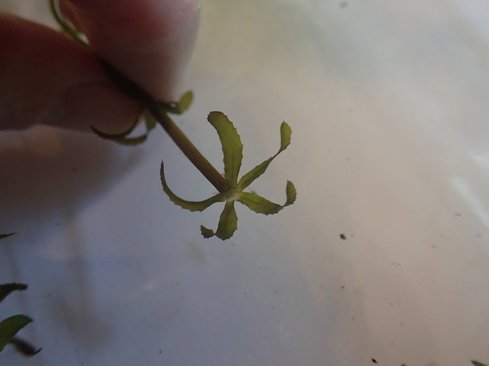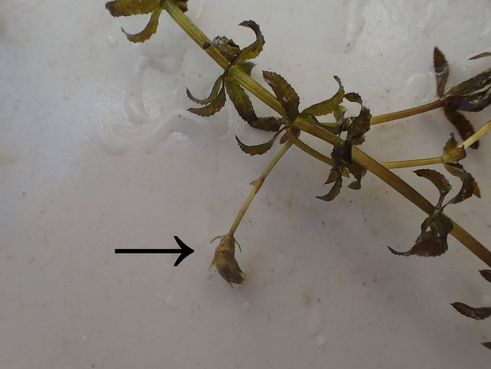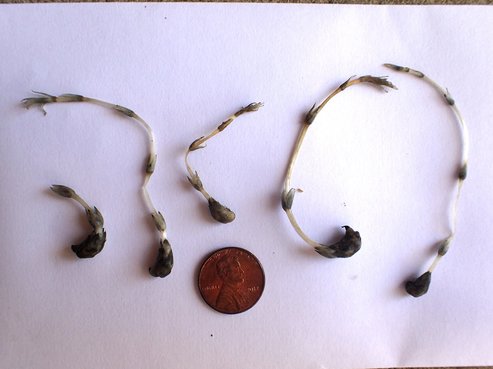Hydrilla - The Perfect Weed
Hydrilla (Hydrilla verticillata) is native to parts of Asia, Africa, Australia and Europe. Hydrilla was introduced to the United States in the 1950’s as an aquarium plant. Hydrilla is referred to as “The Perfect Weed”: because it tolerates a wide range of water conditions, easily reproduces, spreads by multiple methods, and is difficult to control. Hydrilla can grow in water depths of a few inches up to 35ft.
Hydrilla is named after Hydra, the 9-headed serpent of Greek mythology, because it can grow an entirely new plant from a tiny stem fragment. Hydrilla can form dense mats that can reduce water flow, clog culverts and pipes, and has been documented to alter water chemistry – pH, dissolved oxygen, and temperature. It can grow an inch or more every day. Hydrilla can reproduce by seed dispersal, fragmentation (shown below), pieces as small as an inch can grow a new plant, turions (shown below) which are bud-like appendages growing off the main stem, and tubers (shown below) that are embedded in the soil. Tubers can remain viable in the sediment for up to 10 years. |
Copyright © 2017
